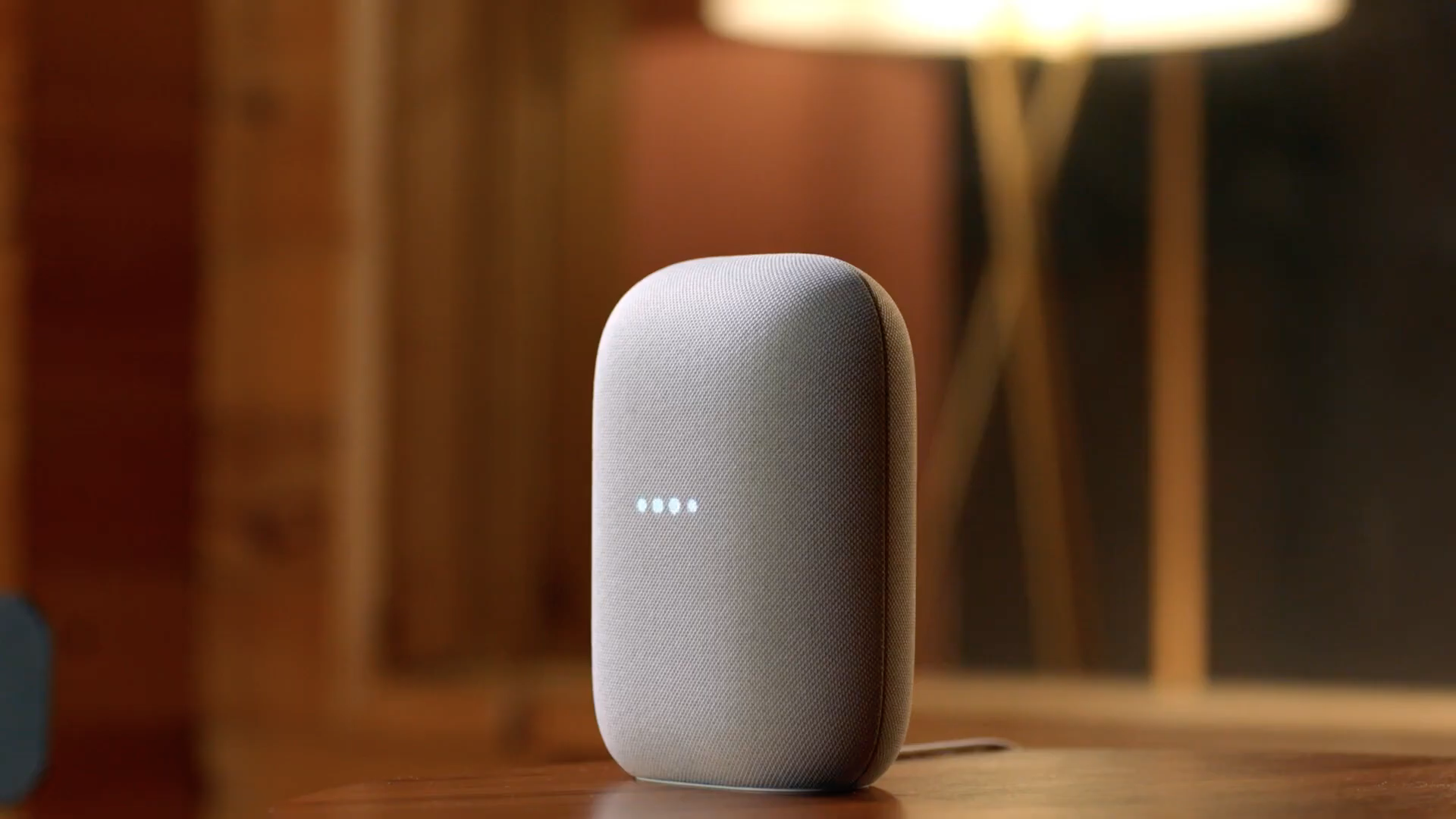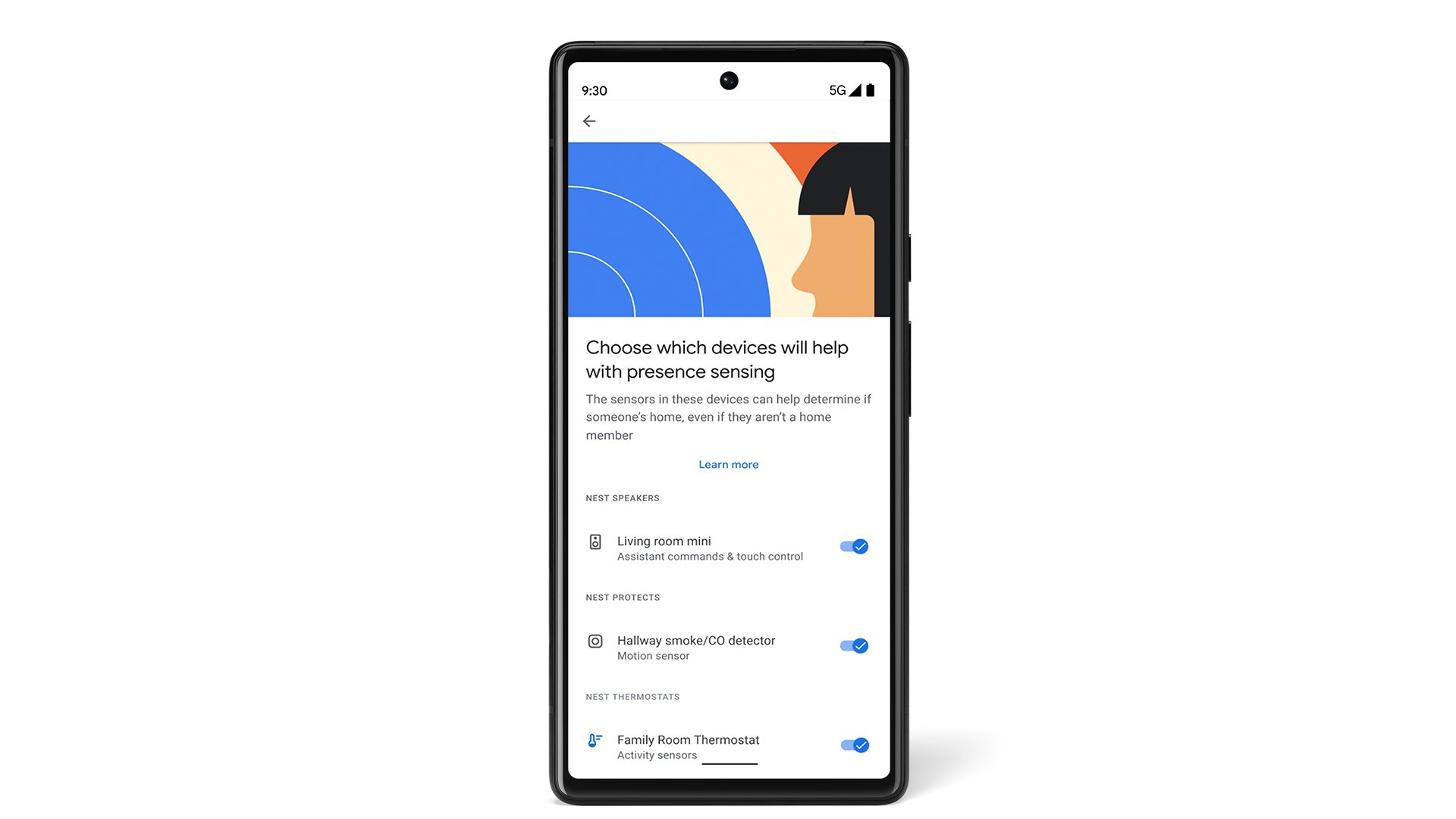Google Nest users just got a cool free smart home upgrade
Your Google Home can now automate processes more accurately

Smart Home users rejoice: automation which uses products from the Google Nest range just got a whole lot easier.
In a new update from Google, devices can be set to sense presence in your home. This allows for greater control over process automation.
So how does it work? Let's take a look.
Nest presence sensing: how does it work?
The new update enables users to utilise the sensors in their smart home devices to sense presence for automation. Previously, only a handful of devices could recognise your presence in the home, and this was inherently linked to the GPS on your phone.
While this can work, it doesn't always tell the full story. When you leave the house, others may remain indoors, and these anomalies could cause issues with the operation of automated actions.
Now, the sensors already in a wide range of Nest products – including Nest Learning Thermostat, Nest Protect, Nest Guard, Nest x Yale lock, Nest Hub and Nest speakers and displays – can detect when people are home and adjust settings accordingly.
For example, if you interact with your smart speaker, Google knows you're home and can keep the temperature where you like it or turn the lights on.
Get all the latest news, reviews, deals and buying guides on gorgeous tech, home and active products from the T3 experts
The Nest Hub and Nest Thermostat feature a Soli sensor, which means you don't even have to interact with them directly. Simply moving nearby will alert the device to your presence and trigger any processes accordingly.

Nest presence sensing: privacy
Hearing that your thermostat could be keeping tabs on when you're home is equally awe-inspiring and terrifying in the most Dystopian way possible.
Fortunately, this update keeps you in control of what can be used for presence sensing, and what can't. You remain in charge of which devices are allowed to sense presence, retaining control over your privacy. These changes are made via the Google Home app, allowing you toggle each device on or off at any time.

Sam is an award-winning journalist with over six years of experience across print and digital media. As T3’s Senior Staff Writer, Sam covers everything from new phones and EVs to luxury watches and fragrances. Working across a range of different social media platforms alongside his written work, Sam is a familiar face for fans of T3. When he’s not reviewing snazzy products or hunting for stellar deals, Sam enjoys football, analog photography and writing music.
